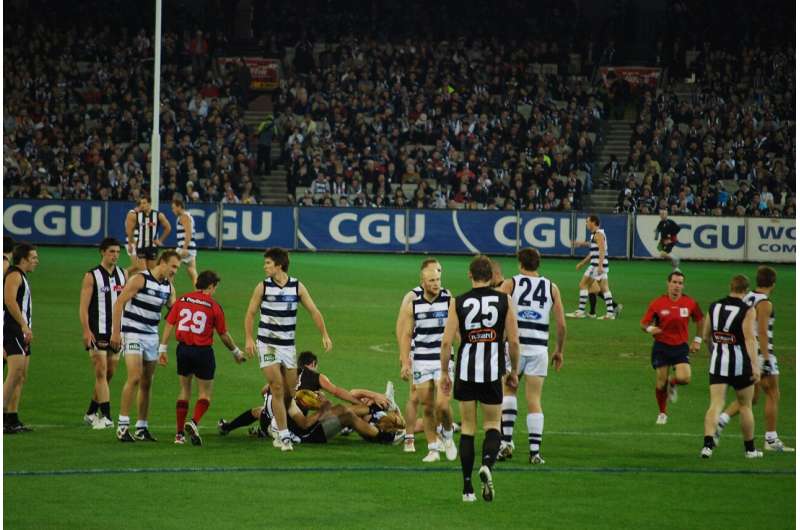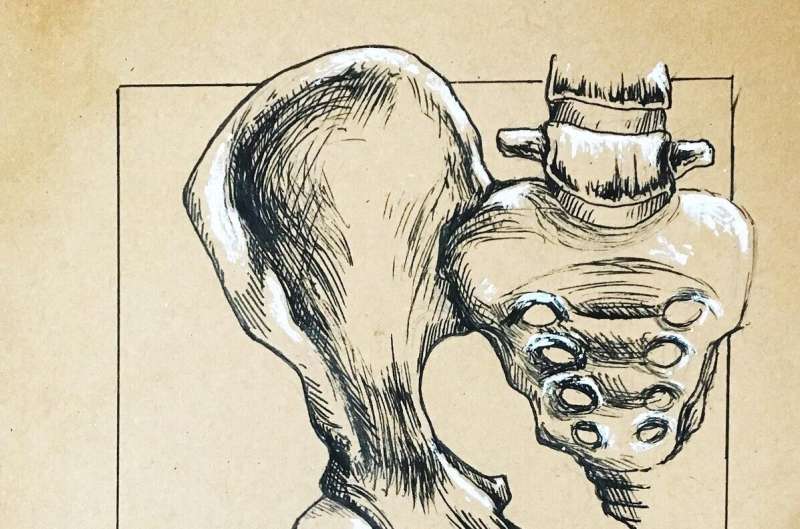Evolution of the Ideal AFL Body: Taller, Leaner, Faster

Explore how Australian Football League athletes have evolved into taller, leaner, and faster players, driven by changing game demands and advanced training over decades.
Australian Football League (AFL) players have undergone significant physical transformations over the decades, driven by the evolving demands of the sport. Recently, in a standout performance during last week's preliminary final, Geelong champion Patrick Dangerfield exemplified the modern athlete's capabilities. At 35 years old, Dangerfield pushed his body to its limits, demonstrating that elite AFL players not only require exceptional skill but also extraordinary physical conditioning.
Historically, AFL players in the 1940s were shorter and stockier, with an average height of approximately 180cm. By the 1990s, this had increased to around 184cm. In recent years, there's been a marked trend toward taller, leaner athletes, with the current average height nearing 190cm and many key position players exceeding 200cm. This shift reflects not only aesthetic preferences but also the changing tactical and physical demands of the game.
The modern AFL game involves extensive running, often covering 13 to nearly 19 kilometers in a single match. Consequently, aerobic fitness — the ability to efficiently use oxygen during prolonged activity — has become crucial for players to maintain high performance levels.
Additionally, AFL athletes must excel in repeated sprint ability, enabling them to perform rapid bursts of speed multiple times throughout a game without succumbing to fatigue. Strength, both upper and lower body, is essential for contesting tackles and securing marks under pressure; some players bench press over 170kg, highlighting the sport's physical intensity.
Explosive power is also vital. This attribute allows players to jump high for marks or spoil opponents, with record-breaking jumps reaching over 107 centimeters. Speed and agility are fundamental for evasive maneuvers, quick direction changes, and creating scoring opportunities. Better speed often correlates with increased chances of being drafted into professional teams.
Decision-making skills, often executed in split seconds, influence game outcomes by maintaining possession and setting up offensive plays. These varied physical and mental skills collectively define the modern AFL athlete.
The evolution of players' physiques over the past 30 years reflects changes in game style—shifting towards faster, less contested, and more open play—necessitating taller, fitter, and more agile athletes. The ideal athlete's profile varies by position: midfielders tend to be fitter, more agile, and leaner, while key forwards and defenders are generally bigger and stronger. The continuous evolution of the sport ensures that athlete training and physical standards will adapt accordingly, shaping the future of AFL competition.
Stay Updated with Mia's Feed
Get the latest health & wellness insights delivered straight to your inbox.
Related Articles
Pelvic Floor Exercises for Active Women to Prevent Exercise-Related Symptoms
Discover how targeted pelvic floor exercises can help active women prevent exercise-related symptoms, improve core stability, and support overall pelvic health.
The Impact of Weightlifting on Bone Density and Health
Discover how weightlifting can significantly improve bone density, strengthen bones, and reduce fracture risk through evidence-based strategies and effective exercises.
Vagus Nerve Stimulation May Boost Exercise Capacity and Reduce Inflammation
A new study finds that non-invasive vagus nerve stimulation can increase exercise capacity, lower inflammation, and potentially help individuals with heart conditions improve their overall fitness and quality of life.
Regular Physical Activity in Adulthood Can Help Extend Lifespan
Consistent physical activity during adulthood is linked to a 30-40% lower risk of death, emphasizing that it's never too late to start and offering significant health benefits for longevity.



